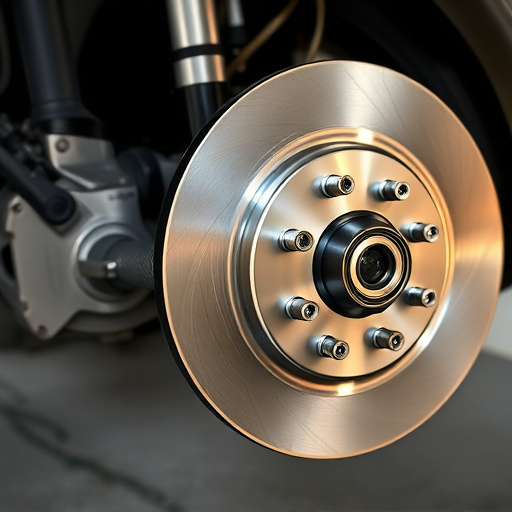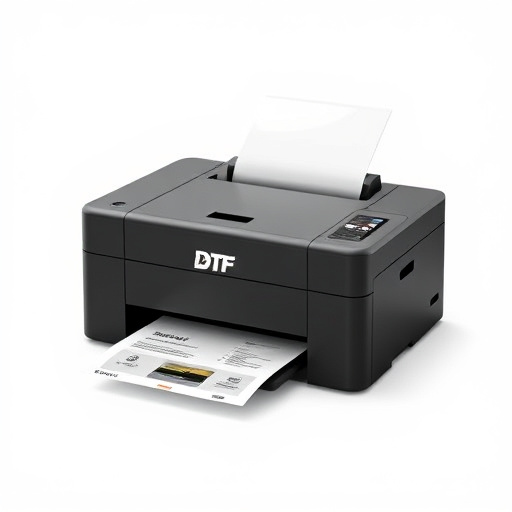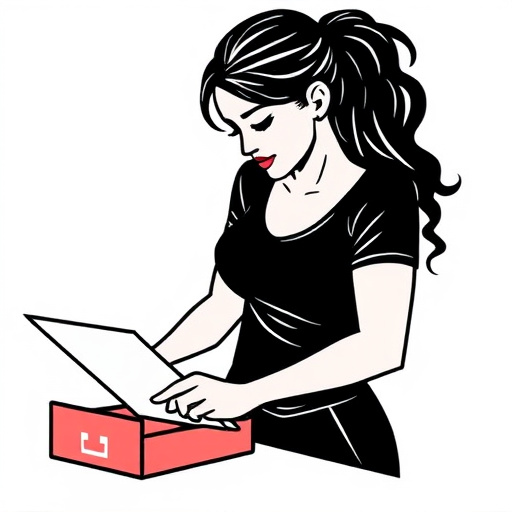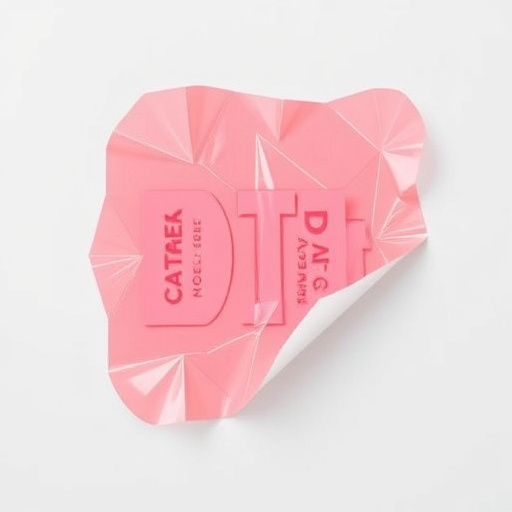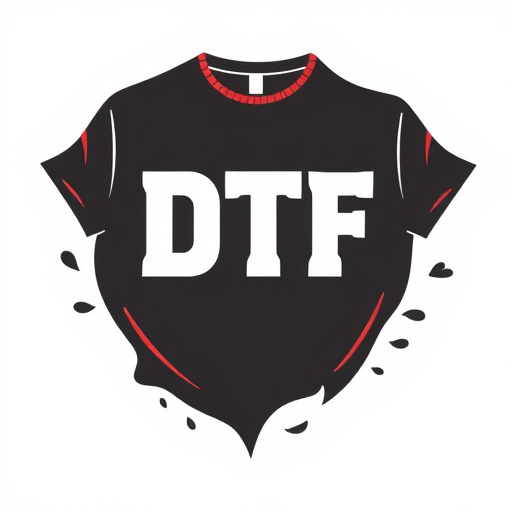The DTF Shaker is a tool for direct printing designs onto light fabrics using water-based transfer films activated by heat and pressure. Performance issues often stem from improper setup, incompatible materials, or lack of maintenance, like blocked nozzles. Regular cleaning and correct material selection are crucial for consistent, high-quality prints. When troubleshooting, identify the problem (print quality, equipment malfunction, etc.), check power supply and connectivity, and refer to the manual for model-specific steps.
“Unsure how to tackle common issues with your DTF Shaker? This comprehensive guide is your solution. We’ll first demystify the basic functionality of these powerful tools, empowering you to identify potential problems swiftly. Next, we delve into the root causes behind underperforming DTFs. Finally, our step-by-step troubleshooting section offers practical solutions, ensuring optimal performance for your shaker units. Equip yourself with the knowledge to keep your DTF Shakers running smoothly.”
- Understanding Basic DTF Shaker Functionality
- Common Causes of Performance Issues
- Troubleshooting Steps and Solutions
Understanding Basic DTF Shaker Functionality

The DTF (Direct to Fabric) Shaker is a versatile tool designed to transfer images or designs onto various materials, particularly light fabrics like t-shirts, hats, and bags. Understanding its basic functionality is crucial for troubleshooting common issues. The process begins with preparing your design using specialized software, which ensures the image is optimized for DTF printing. Once ready, the design is printed directly onto a thin, water-based transfer film. This film acts as an intermediate layer between the design and the fabric during application.
After printing, the DTF shaker comes into play. It uses heat and pressure to activate the transfer film, adhering it to the target fabric. The heat press is a key component, ensuring precise temperature control for different fabrics and designs. This process, known as dtf printing for light fabrics, allows for vibrant and long-lasting results. Even with cold peel DTF transfers, the shaker ensures efficient application without damaging the fabric or design. Familiarity with these steps and the unique features of your DTF Shaker will enable you to address common issues effectively.
Common Causes of Performance Issues
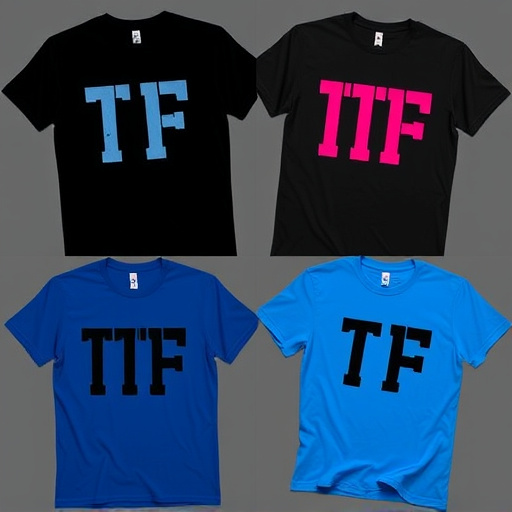
Performance issues with DTF (Direct-to-Fabric) Shaker units can often stem from various factors that, if left unaddressed, can hinder the overall efficiency and effectiveness of the printing process. One of the primary causes is improper setup or calibration. Ensuring that the unit is correctly assembled and aligned according to the manufacturer’s guidelines is paramount. Misalignments in the print heads, ink levels, or pressure settings can lead to inconsistent prints, visible streaks, or even failure to transfer ink onto the fabric.
Another common issue is using incompatible or low-quality materials. The choice of fabric plays a significant role in DTF printing, especially for dark garments. Opting for subpar fabrics or those not suitable for direct ink absorption can result in lackluster prints and increased printing times. Additionally, regular maintenance is crucial; blocked nozzles, dried-out ink, or debris buildup can all contribute to performance problems. Regular cleaning and servicing of the DTF printer, including the use of appropriate cleaning solutions and brushes, are essential practices to prevent such issues. For users looking for the best DTF printer results, especially when printing on dark fabrics using dtf printing techniques, maintaining the shaker unit and choosing the right materials are key to achieving consistent and high-quality outcomes.
Troubleshooting Steps and Solutions
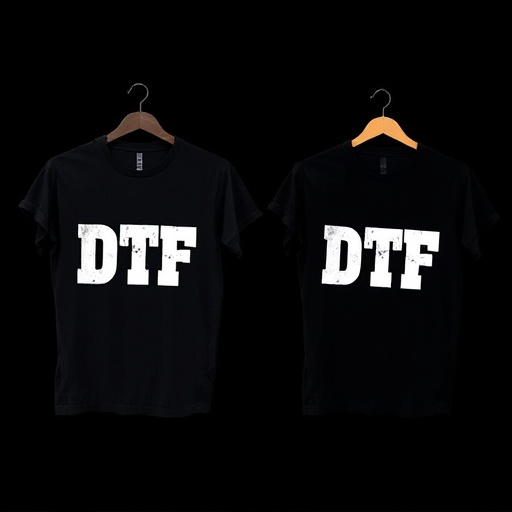
When troubleshooting common issues with DTF Shaker units, start by identifying the specific problem. Is it a print quality issue, equipment malfunction, or improper setup? Each problem requires tailored solutions. Begin with basic checks like ensuring proper power supply and connectivity. Verify that the DTF for Custom graphic tees is correctly installed and aligned according to the manufacturer’s guidelines.
Check ink levels and types compatibility; using the wrong ink can lead to various issues. For DTF meaning and DTF prints, maintain regular cleaning of the print head and platen to prevent clogging or smudges. Refer to the shaker unit’s manual for detailed troubleshooting steps specific to your model, as problems may vary despite shared functionalities across DTF Shaker units.
Whether you’re a professional technician or a DIY enthusiast, understanding the common issues with DTF Shaker units and knowing how to troubleshoot them effectively is crucial. By grasping the basic functionality of these devices and identifying performance problems, you can efficiently navigate through various solutions from initial setup to complex repairs. With this guide’s practical steps and insights, you’re now equipped to tackle any DTF Shaker-related challenges that come your way.


